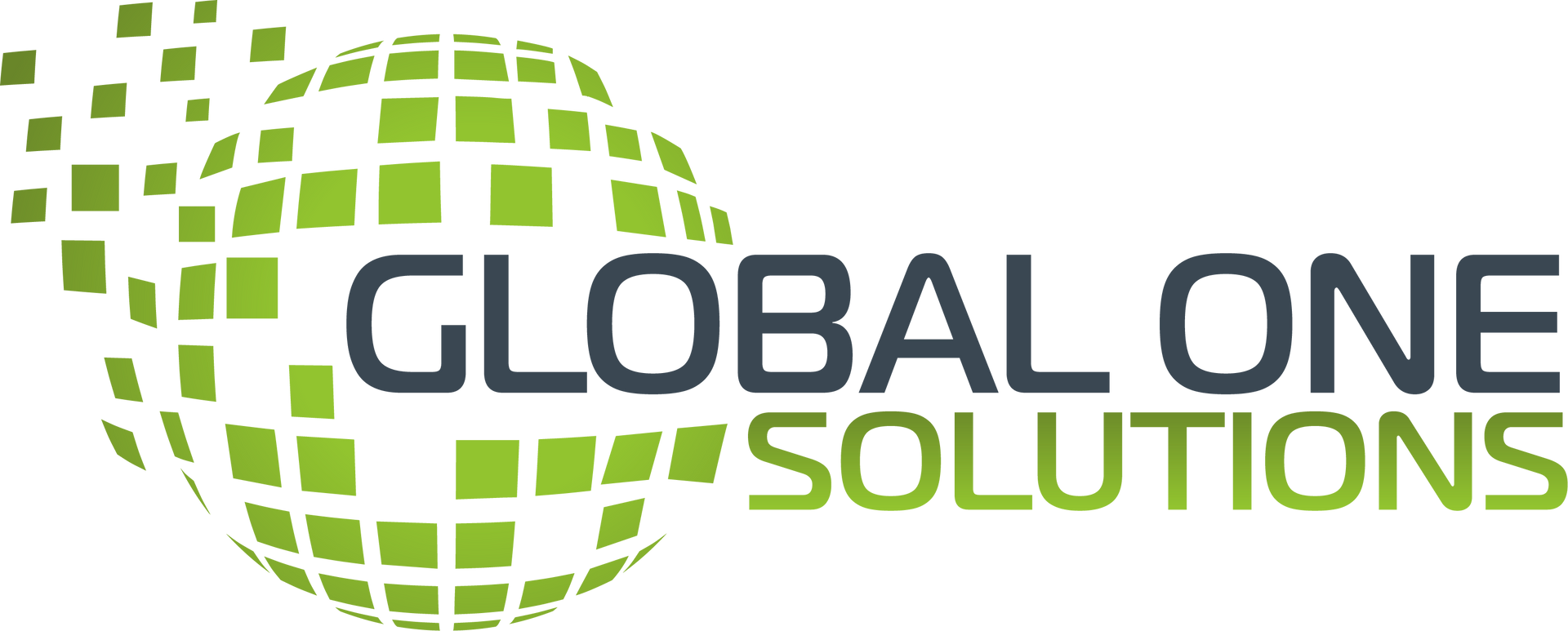Innovative Human Capital Management: A Comprehensive Guide
Human Capital Management (HCM) has become increasingly important in today's fast-paced and competitive business world. As organizations seek to attract, retain and develop the best talent, innovative HCM practices are more critical than ever. This article provides a comprehensive guide to innovative HCM, highlighting key concepts, strategies, and best practices.
What is Human Capital Management?
HCM is the process of managing people within an organization, including all aspects of human resources, payroll, benefits, and talent management. It is a critical component of overall business strategy, as a company's most valuable asset is its people.
Why is Innovative HCM Important?
In today's rapidly changing business environment, organizations must be nimble and adaptive to stay competitive. Innovative HCM helps organizations to attract, retain and develop the best talent, which in turn drives business success. Additionally, innovative HCM practices can improve employee engagement and satisfaction, resulting in increased productivity and profitability.
Key Components of Innovative HCM
- Talent Management: A critical component of HCM, talent management involves attracting, developing and retaining the best talent. This includes identifying key talent, developing and implementing training and development programs, and offering competitive compensation and benefits packages.
- Employee Engagement: Engaging employees is crucial to their satisfaction and productivity. Innovative HCM practices focus on creating a positive and supportive work environment, fostering open communication, and offering opportunities for professional growth.
- Technology: Technology plays an increasingly important role in HCM, with a growing number of companies utilizing HR technology to automate and streamline processes such as payroll, benefits administration, and performance management.
- Data Analytics: The use of data analytics is crucial to the success of HCM. By gathering and analyzing data on employee performance, engagement, and satisfaction, organizations can make informed decisions and improvements to their HCM practices.
Best Practices for Innovative HCM
- Develop a comprehensive HCM strategy: A well-defined and comprehensive HCM strategy is essential to the success of any organization. This strategy should outline the goals and objectives of the organization, and provide a roadmap for achieving these goals.
- Invest in HR technology: HR technology can greatly streamline and automate HCM processes, freeing up valuable time and resources for other critical business initiatives.
- Foster a positive and supportive work environment: By creating a positive and supportive work environment, organizations can improve employee engagement, satisfaction, and productivity. This can be achieved through open communication, flexible work arrangements, and opportunities for professional growth.
- Regularly gather and analyze data: Regular data collection and analysis is crucial to the success of HCM. This data can be used to make informed decisions and improvements to HCM practices.
- Continuously evaluate and improve HCM practices: Innovative HCM requires continuous evaluation and improvement. By regularly evaluating and refining HCM practices, organizations can stay ahead of the competition and continue to attract, retain and develop the best talent.
Conclusion
Innovative Human Capital Management is critical to the success of any organization in today's rapidly changing business environment. By focusing on key components such as talent management, employee engagement, technology, and data analytics, and implementing best practices such as developing a comprehensive HCM strategy, investing in HR technology, fostering a positive work environment, regularly gathering and analyzing data, and continuously evaluating and improving HCM practices, organizations can ensure they have the best possible talent driving their business success.








